Wireless Networking Report: Design, Analysis, and Implementation
VerifiedAdded on 2023/01/23
|6
|625
|46
Report
AI Summary
This report delves into the realm of wireless networking, focusing on the design and analysis of cellular systems. The report begins by examining the design of cells, including the use of small and large radius cells and the placement of base stations. It then discusses the factors influencing wireless network design, such as communication power, the grade of service, frequency reuse, cost considerations, and scalability. The report further highlights the differences between metropolitan and rural areas in terms of base station density and communication power. The report provides insights into the practical aspects of wireless network implementation, including the impact of cell splitting on channel capacity. The report concludes with a list of references used in the report. This report is a valuable resource for students studying wireless communication and network design, offering a comprehensive overview of key concepts and practical considerations.
1 out of 6
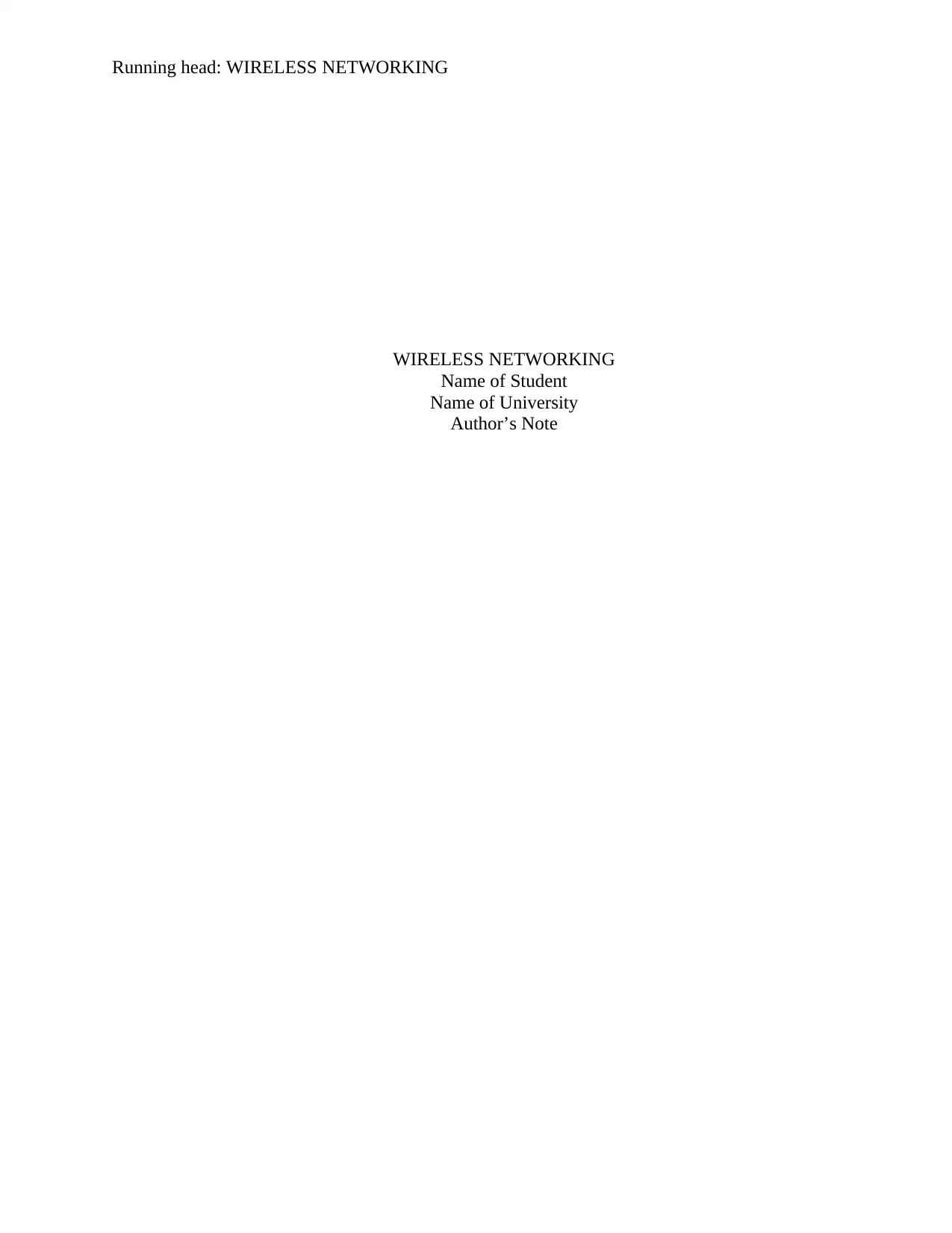

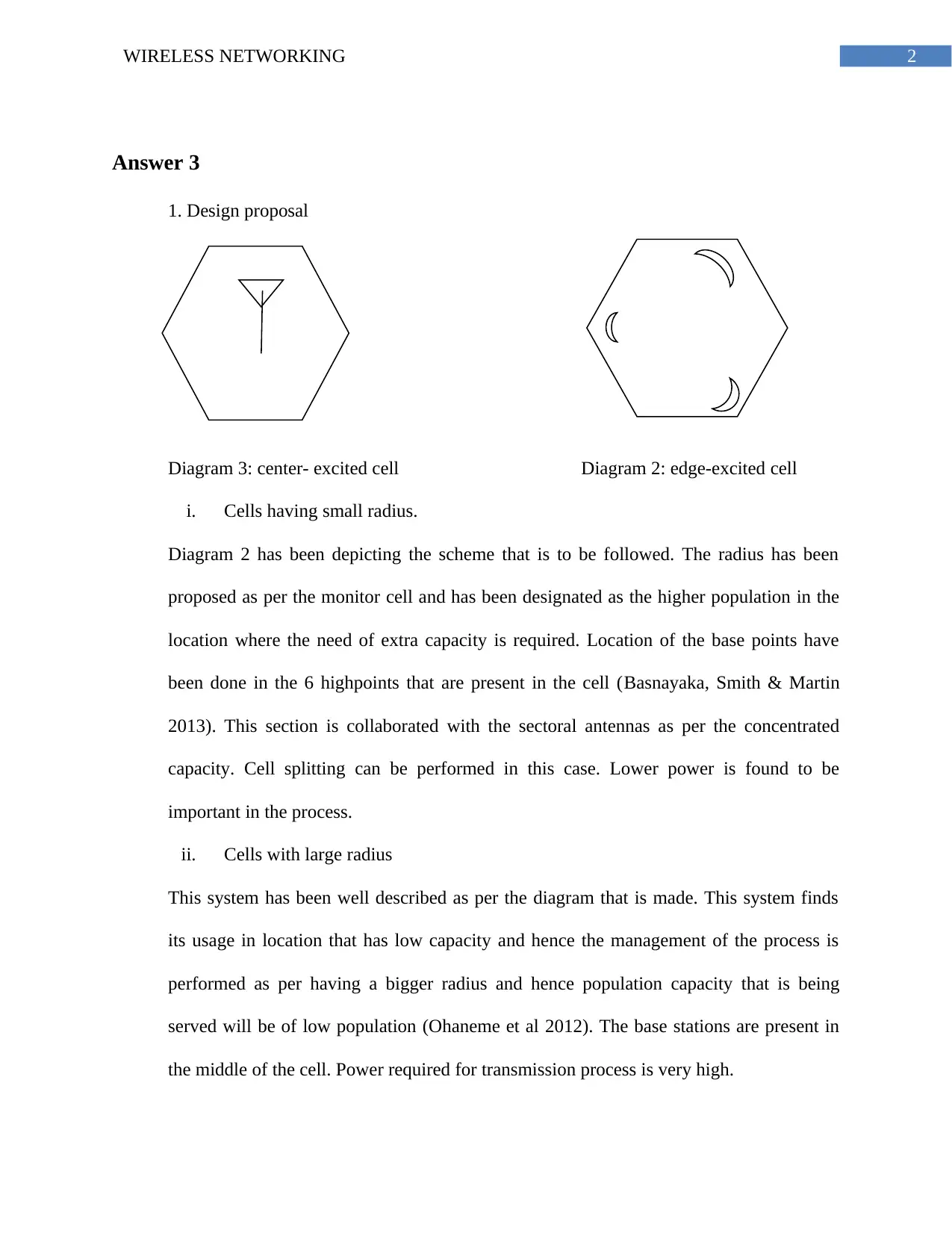

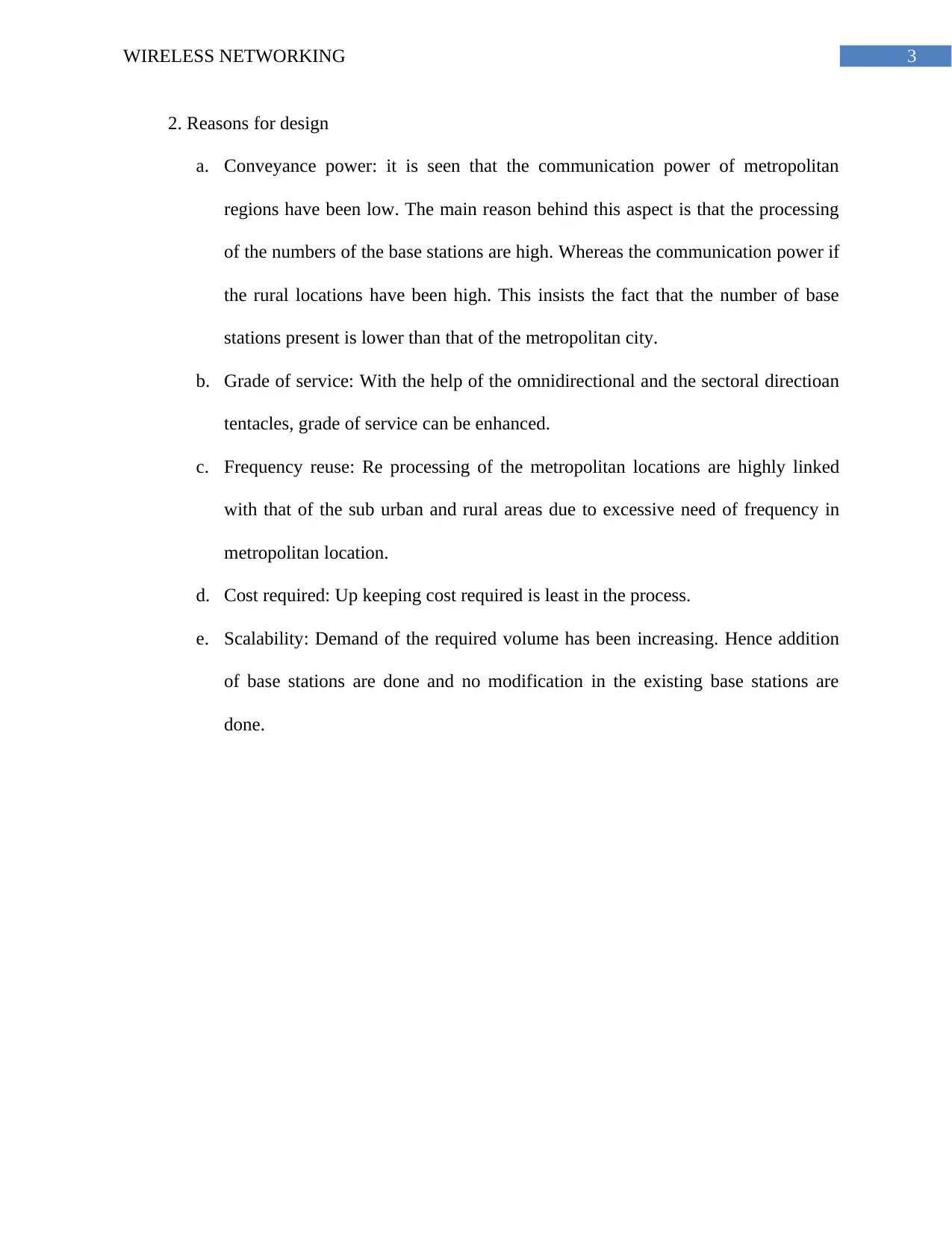
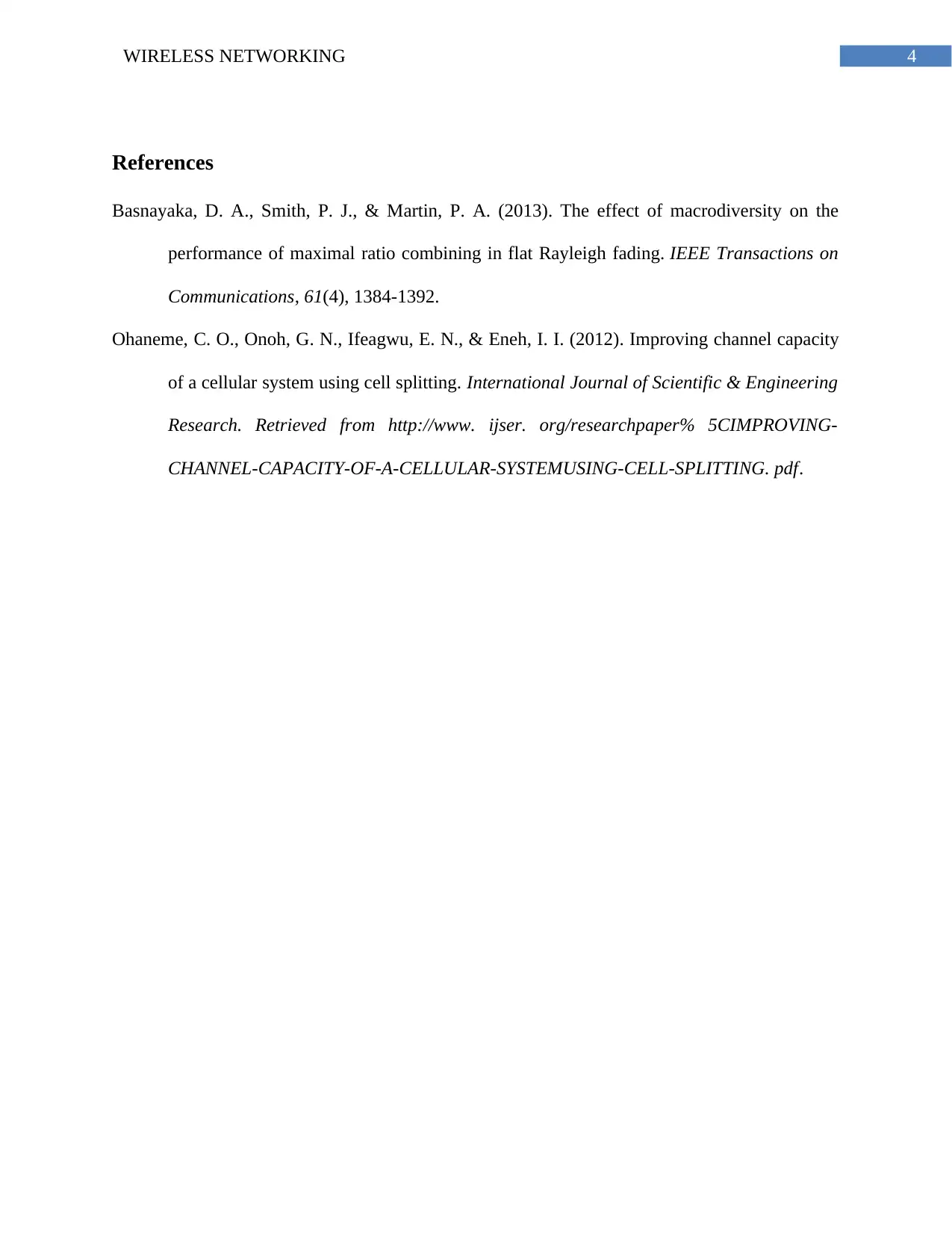
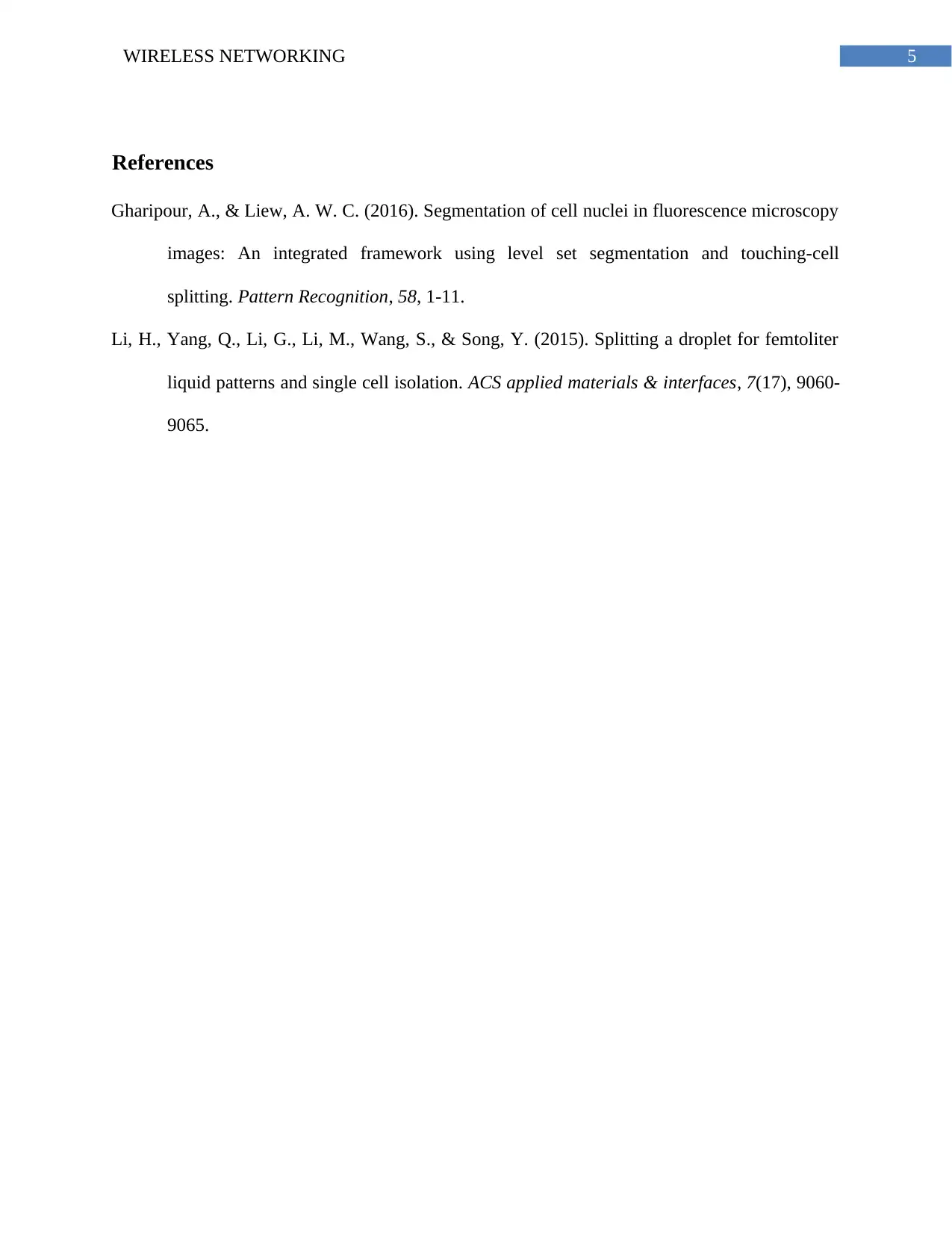






![[object Object]](/_next/static/media/star-bottom.7253800d.svg)